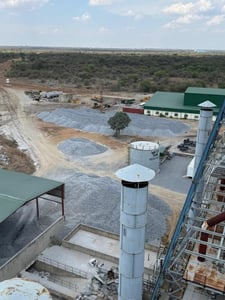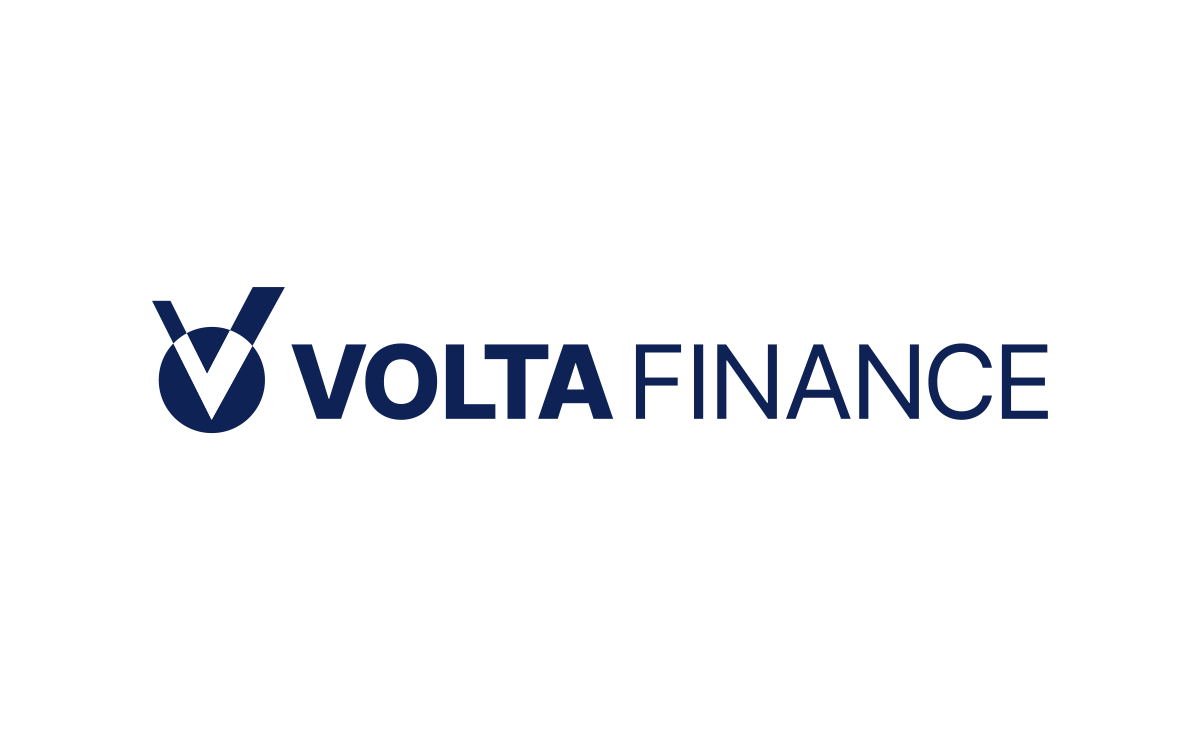The Directors of Murray International Trust plc (LON:MYI) today reported the unaudited results of the Company for the six months ended 30 June 2019.
HIGHLIGHTS
| 30 June 2019 | 31 December 2018 | % change | |
| Total assets less current liabilities (before deducting prior charges) | £1,739.5m | £1,604.3m | +8.4 |
| Equity shareholders’ funds (Net Assets) | £1,539.9m | £1,419.6m | +8.5 |
| Share price – Ordinary share (mid market) | 1,152.0p | 1,132.0p | +1.8{A} |
| Net Asset Value per Ordinary share | 1,195.1p | 1,107.8p | +7.9{A} |
| (Discount)/premium to Net Asset Value per Ordinary share{B} | (3.6%) | 2.2% | |
| Net gearing{B} | 11.5% | 12.5% | |
| Ongoing charges ratio{B} | 0.61% | 0.69% |
{A} The movement relates to capital only and does not take account of the reinvestment of dividends.
{B} Considered to be an Alternative Performance Measure. Further details below.
PERFORMANCE (TOTAL RETURN) {A}
| Six months ended 30 June 2019 | Year ended 31 December 2018 | |
| Share price{AB} | +4.3% | -6.8% |
| Net asset value per Ordinary share{A} | +10.6% | -7.5% |
| Benchmark | +15.5% | -5.2% |
{A} Considered to be an Alternative Performance Measure. Further details below.
{B} Mid to mid.
Source: Aberdeen Standard Fund Managers Limited, Morningstar & Lipper.
INTERIM BOARD REPORT
Background
The period under review proved positive for the Company in terms of absolute returns. Relative stability returned to financial markets following last year’s fourth quarter collapse, with global central banks being credited for restoring investor confidence. Beneath this veneer of apparent tranquility, reasons for concern continued to weigh on the global economic backdrop. The unresolved US trade war with much of the rest of the world intensified as sanctions, taxes and tariffs increasingly inhibited trade flows. These concerns, and signs of geopolitical instability, further affected domestic economic policy agendas, causing global growth forecasts repeatedly to be revised downwards. The consequential divergence between buoyant financial markets and deteriorating fundamentals posed a serious dilemma for investors. The Company’s very diversified investment exposure was unable to match the returns recorded in narrower, regional benchmark indices, but nevertheless solid capital and income growth was achieved in line with desired long term investment objectives.
Performance and Dividends
The net asset value (NAV) total return, with net income reinvested, for the six months to 30 June 2019 increased by 10.6% compared with a total return of +15.5% for the Company’s benchmark (40% FTSE World UK and 60% FTSE World ex UK). Over the six month period, the share price total return increased by 4.3%, reflecting a move from trading at a premium to trading at a discount.
Two interim dividends of 12.0p (2018: 11.5p) have been declared in respect of the period to 30 June 2019. The first interim dividend is payable on 16 August 2019 to shareholders on the register on 5 July 2019 and the second interim dividend will be paid on 19 November 2019 to shareholders on the register on 4 October 2019. As I have stated previously, the Board intends to maintain a progressive dividend policy given the Company’s investment objective. This means that in some years revenue will be added to reserves while, in others, revenue may be taken from reserves to supplement earned revenue for that year to pay the annual dividend. Shareholders should not be surprised or concerned by either outcome as, over time, the Company will aim to pay out what the underlying portfolio earns.
Following widespread financial market weakness and negative portfolio returns in calendar year 2018, the Company benefitted from improving investor sentiment over the six month period. The US Federal Reserve’s surprising decision to suddenly reverse policy direction in favour of more accommodative interest rates unsurprisingly proved rather popular with global equity markets. The Company’s large exposure to Asia prospered from a combination of solid stock selection and a more favourable environment for financial and other interest-rate sensitive businesses. Local currency strength against Sterling in Thailand, Indonesia and Singapore further bolstered performance of both capital and income returns. The one exception to highlight in Asia was Japan, where stock selection was challenging and where there was an overall reduction in the position during the period.
The portfolio’s defensive exposure to North America also delivered respectable double digit total returns in Sterling terms, much in line with expectations. However, with the technology-heavy regional North American benchmark rebounding strongly from depressed year-end levels, relative performance noticeably lagged, accounting for close to forty percent of overall portfolio relative underperformance. Historically very low exposure augmented by strong stock selection in UK equities positively impacted both absolute and relative performance, whilst concentration of assets into only a select few high-quality European holdings proved very supportive against a difficult, deflationary environment evolving in Europe. Despite improving economic fundamentals and attractive underlying earnings and dividend growth, Latin American portfolio holdings struggled to make much progress in an environment of hostile protectionism (against Mexico) and threatened supply chain disruption (against Brazil). Low single digit returns during the period from aggregate Latin American exposure were disappointing under the circumstances.
Yet even while Latin American equities languished, Latin American bonds flourished. As developed market bond yields collapsed worldwide, the spotlight fell on the relative attractiveness of higher yielding fixed income securities in the Emerging world. Portfolio Sovereign bond holdings in Uruguay, Ecuador, Mexico, Brazil and the Dominican Republic all delivered above average capital and income returns as prices rose and yields declined across the asset class. Improving structural dynamics, based on superior savings and long term investment horizons in the emerging world, make this exposure attractive for portfolio diversification.
Management of Premium and Discount
The Board continues to believe that it is appropriate to seek to address temporary imbalances of supply and demand for the Company’s shares which might otherwise result in a recurring material discount or premium. Subject to existing shareholder permissions (given at the last AGM) and prevailing market conditions over time, the Board intends to continue to buy back shares and issue new shares (or sell shares from Treasury) if shares trade at a persistent significant discount to NAV (excluding income) or premium to NAV (including income). The Board believes that this process is in all shareholders’ interests as it seeks to reduce volatility in the premium or discount to underlying NAV whilst also making a small positive contribution to the NAV. During the period under review the Company has sold 406,531 Ordinary shares from Treasury and issued 297,500 new Ordinary shares under the Company’s blocklisting, all at a premium to the underlying inclusive of income NAV. At the latest practicable date, the NAV (excluding income) per share was 1173.4p and the share price was 1152.0p equating to a discount of 1.8% per Ordinary share.
Gearing
In May 2019 the Company agreed a new £30 million loan facility with The Royal Bank of Scotland International Limited (“RBSI”) to replace an expiring facility of £15m. The new facility was drawn in full on 16 May 2019 and fixed for five years at an all-in rate of 2.25%. At the period end the Company had net gearing of 11.5%.
Ongoing Charges Ratio
I am pleased to report that the Company’s Ongoing Charges Ratio has reduced from 0.69% (as at 31 December 2018) to 0.61% (as at 30 June 2019). This is principally due to the impact of the new management fee arrangements which I outlined in my Chairman’s Statement in the Annual Report and Financial Statements for the year ended 31 December 2018 (the “2018 Annual Report”).
Electronic Communications
The Board is proposing to move to more electronic based forms of communication with shareholders. Increased use of electronic communications should be a more cost effective, as well as faster and more environmentally friendly way of providing information to shareholders. You will therefore find enclosed with this Half Yearly Report, a letter containing our electronic communications proposals and an opportunity to supply an email address to the Registrars. Shareholders who wish to continue to receive hard copies of documents and communications by post are encouraged to send back their replies as soon as possible but in any event by 30 September 2019.
Outlook
The pivot undertaken by global policy makers since December last year has clearly provided real support to global equity markets. For many investors, the default path of least resistance is usually viewed as being up, so the prospects of continuing monetary stimulus, notwithstanding clear signs of economic challenges ahead, will likely promote continued confidence. However, the path ahead is likely to become increasingly difficult for the global monetary authorities as they navigate the late cycle nature of this economic expansion. Re-establishing some form of economic orthodoxy in an environment of rising political and market pressure will not be straightforward. The extraordinary monetary policies over the past decade have created an enormous legacy of indebtedness that remains the Achilles heel for whatever comes next.
The sharp decline in global bond yields suggests that weaker global growth is likely to be on the horizon. At this stage of the cycle, not only will interest rate policy become increasingly ineffectual, but also the importance of faltering earnings growth will become progressively more influential. Valuation support, through solid earnings, strong balance sheets and well-covered dividends has been noticeably absent from investor considerations of late, but remains the fundamental prerequisite for capital preservation and growth over the long term. Your Manager and Company will remain focused and unwavering in the implementation of such principles in negotiating what may prove to be a testing time for financial markets.
Kevin Carter
Chairman
14 August 2019
Directors’ Disclosures
Principal Risks and Uncertainties
The Board has adopted a matrix of the key risks that affect the business. The major financial risks associated with the Company are detailed in note 17 of the 2018 Annual Report and the other principal risks are summarised below. These risks represent the principal risks for the remaining six months of the year.
Details of the management of the risks and the Company’s internal controls are disclosed on pages 16 and 17 of the 2018 Annual Report. They can be summarised as follows:
· Investment strategy and objectives;
· Investment portfolio, investment management;
· Financial obligations;
· Financial and Regulatory; and
· Operational.
In addition to these risks, the outcome and potential impact of the UK Government’s Brexit discussions with the European Union are still unclear at the time of writing. Therefore economic risks remain, relating to the potential for significant resultant currency volatility and/or uncertainty relating to the Company’s ability to reclaim withholding taxes paid in overseas jurisdictions.
Related Party Transactions
ASFML acts as Alternative Investment Fund Manager, AAM acts as Investment Manager and Aberdeen Asset Management PLC acts as Company Secretary to the Company; details of the service and fee arrangements can be found in the 2018 Annual Report, a copy of which is available on the Company’s website. Details of the transactions with the Manager including the fees payable to Aberdeen group companies are disclosed in note 11 of this Half Yearly Report.
Going Concern
In accordance with the Financial Reporting Council’s Guidance on Risk Management, Internal Control and Related Financial and Business Reporting, the Directors have undertaken a rigorous review and consider both that there are no material uncertainties and that the adoption of the going concern basis of accounting is appropriate. The Company’s assets consist of a diverse portfolio of listed equities and bonds which in most circumstances are realisable within a very short timescale. The Directors believe that the Company has adequate financial resources to continue its operational existence for the foreseeable future and at least 12 months from the date of this Half Yearly Report. Accordingly, the Directors continue to adopt the going concern basis in preparing these financial statements.
Directors’ Responsibility Statement
The Directors are responsible for preparing the Half Yearly Financial Report in accordance with applicable law and regulations. The Directors confirm that to the best of their knowledge:
· the condensed set of Financial Statements has been prepared in accordance with Financial Reporting Standard 104 (Interim Financial Reporting);
· the Half Yearly Board Report includes a fair review of the information required by rule 4.2.7R of the Disclosure and Transparency Rules (being an indication of important events that have occurred during the first six months of the financial year and their impact on the condensed set of Financial Statements and a description of the principal risks and uncertainties for the remaining six months of the financial year); and
· the Half Yearly Board Report includes a fair review of the information required by 4.2.8R (being related party transactions that have taken place during the first six months of the financial year and that have materially affected the financial position of the Company during that period; and any changes in the related party transactions described in the last Annual Report that could do so).
The Half Yearly Financial Report for the six months ended 30 June 2019 comprises the Half Yearly Board Report, the Directors’ Responsibility Statement and a condensed set of Financial Statements.
For and on behalf of the Board of Murray International Trust PLC
Kevin Carter
Chairman
14 August 2019











































